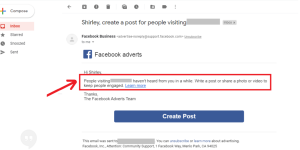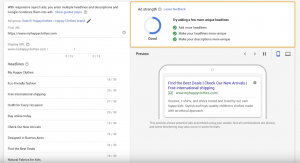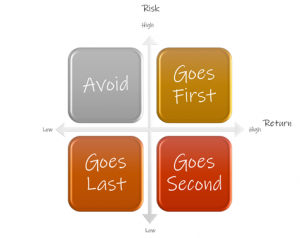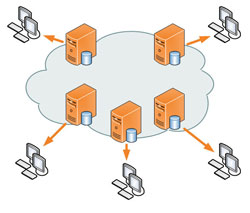What is TLS and how is it going to affect my email marketing or why has Google put a big broken padlock next to my email? These are questions on many a marketers lips right now, well the second one is, the first one is only ever asked after the first one has been answered!
Google have adopted TLS (Transport Layer Security) as their encryption software, so what is it? TLS is a cryptographic protocol designed to provide communication security over the internet. Got that? Great let’s move on! Seriously, TLS is designed to stop your email being read in transit and being hacked. The outgoing mail server, in our case a power MTA, encrypts your marketing email and sends it on its merry way, this email then travels across the internet, through various relays and is received by the inbound mail server, in this case Google mail, unencrypted and delivered to the inbox.
That’s the theory anyway, however, whilst using TLS protects email traffic from being “sniffed” during transmission, there is an Achilles heel. In order for the email to get from one place on the internet to another it has to go through a number of intermediate email relays and it is here where the Achilles heel occurs – the content of the message is revealed to, and can also be altered by, these relays; each email in essence is encrypted only between relays and not between sender and recipient. So, TLS provides added protection, but is not a fail safe.

So, why have Google adopted it?
Google maintains, and I would agree with them, that TLS is becoming the industry standard for secure email, and while it is not a perfect solution they say that “if everyone uses it, snooping on email will be more difficult and more costly than it is today”…and they’re right. The downside is that it is process heavy and that could increase cost and decrease mail server performance. The power MTA has to establish an encrypted session for each TLS connection and this takes a few more processing cycles than establishing an unencrypted session. There is also additional data in the TLS handshake which will have an effect on bandwidth. All of this means that your email marketing messages may become more costly and take longer to deliver if you want them sent encrypted with TLS.

(36)





